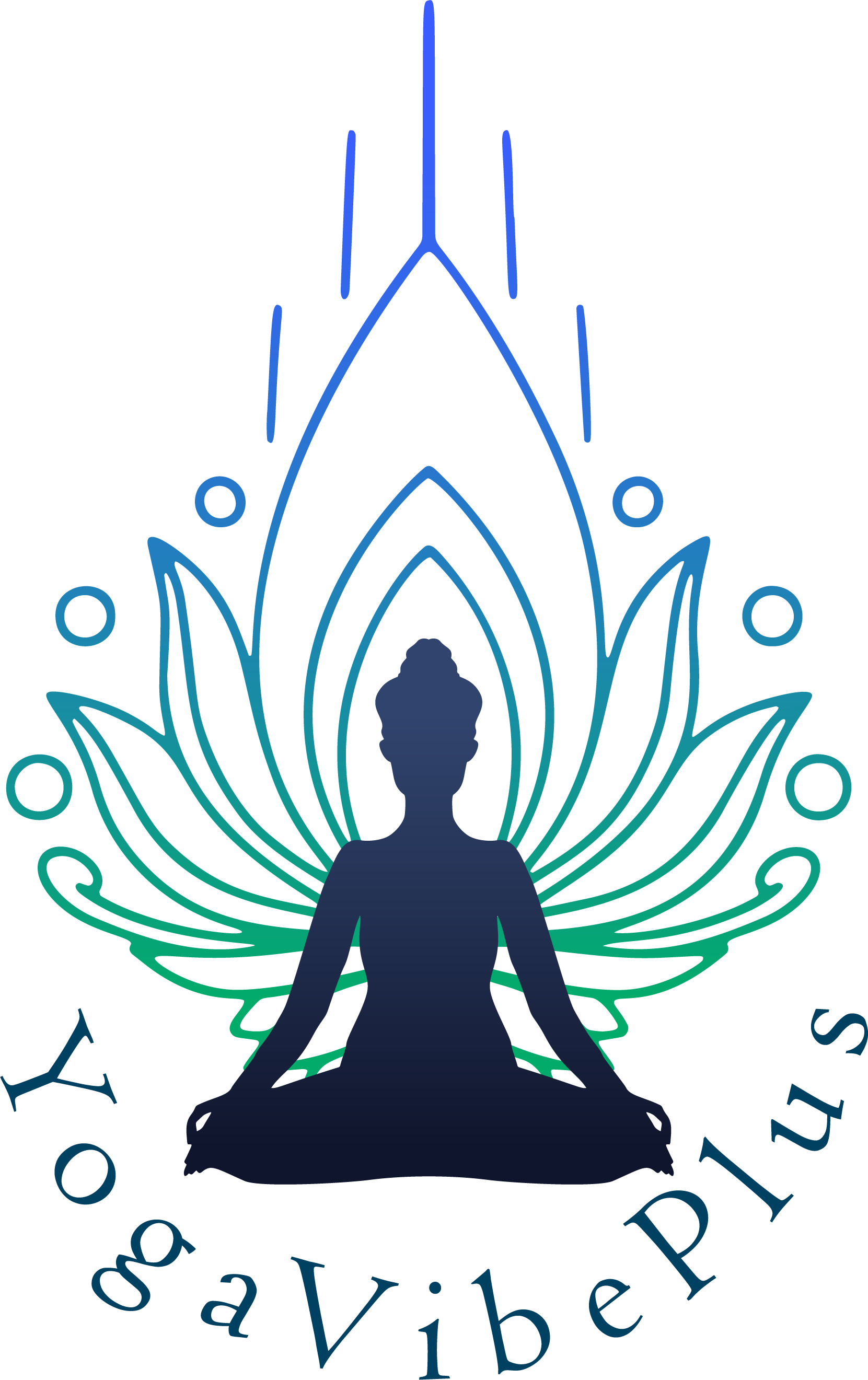Yoga is a transformative practice that can benefit anyone, regardless of body type, age, or fitness level. Whether you’re a beginner or a seasoned yogi, the right gear can significantly enhance your practice and ensure your comfort, safety, and progress. With a wide variety of yoga equipment available, choosing the right items can be overwhelming. This guide will help you select the best yoga gear tailored to your individual needs and goals.
1. Yoga Mat: The Foundation Of Your Practice
The yoga mat is the foundation of your practice, providing both support and cushioning. It’s essential for creating a stable, non-slip surface that allows you to maintain your balance during poses. When choosing a mat, consider factors like thickness, texture, and material.
- Thickness: A thicker mat (5mm or more) provides extra cushioning, making it ideal for those who need joint support or are practicing on hard floors. A thinner mat (3mm to 4mm) offers better stability for balance poses and is more lightweight for travel.
- Material: PVC mats are durable and affordable, while eco-friendly mats are made from natural materials like rubber, cork, or jute. Choose a material that aligns with your preferences for grip and sustainability.
Grip: If you practice hot yoga or tend to sweat during your sessions, look for a mat with excellent grip. Mats with textured surfaces or non-slip coatings ensure that your hands and feet stay secure throughout your practice.
2. Clothing: Comfort And Flexibility
When it comes to yoga clothing, comfort, flexibility, and breathability are key. The right outfit will allow you to move freely and stay cool throughout your practice.
- Tops: Look for moisture-wicking materials that keep you dry and comfortable. Fitted tops with breathable fabrics like cotton or bamboo are great options, as they allow for full range of motion while providing support.
- Bottoms: Yoga pants or leggings should have a stretchy, supportive fabric that allows for deep bends and extensions. Choose pants with a high waistband for added support or ones that feature pockets for convenience. If you prefer shorts, make sure they’re flexible enough for various poses without riding up.
- Layering: For outdoor practices or cooler environments, consider layering with a light jacket or long-sleeve top that you can easily remove once your body heats up.
3. Yoga Blocks: Enhancing Flexibility And Support
Yoga blocks are versatile props that can enhance your flexibility, stability, and comfort. They’re especially helpful for beginners or those with limited flexibility, as they help you modify poses and safely deepen stretches.
- elevate your hips in seated stretches. They also aid in balancing poses by providing extra height or stability.
- Materials: Blocks come in foam, cork, and bamboo materials. Foam blocks are lightweight and easy to carry, while cork blocks offer a firmer surface for a more stable grip.
4. Straps: Perfect For Stretching And Reaching
Yoga straps are fantastic tools for improving flexibility, alignment, and posture. They’re especially useful for stretching and reaching deeper into poses, such as hamstring stretches or shoulder openers.
- Improved Flexibility: A yoga strap allows you to extend your reach in poses where you may not be able to touch your feet or hands. It helps you maintain proper form and deepen your stretches without risking injury.
- Material: Yoga straps are typically made from cotton, polyester, or nylon. Cotton straps are soft and gentle on the skin, while polyester straps are durable and provide a firmer grip.
5. Bolsters: Comfort And Support For Relaxation
A bolster is a cushioned pillow that provides extra support during restorative poses and meditation. It’s perfect for supporting your body in seated or lying poses, ensuring proper alignment and relaxation.
- Restorative Practice: Bolsters help alleviate tension in the body by providing gentle support under the knees, back, or head. They’re especially helpful during long-held stretches or in restorative yoga classes.
- Material And Size: Bolsters come in a variety of shapes, such as cylindrical or rectangular, and are filled with foam, cotton, or kapok. Choose one based on your comfort preferences and the type of poses you intend to use it for.
6. Headphones And Music: Enhance Your Yoga Environment
While not strictly essential, music or guided meditation can enhance your yoga practice. Headphones can provide a more immersive experience, allowing you to tune into the sounds of calming music or a guided session.
- Choosing The Right Headphones: Opt for comfortable, wireless headphones that stay secure during movement. Noise-canceling headphones can help you tune out distractions, focusing solely on your breath and practice.
- Music For Flow: Music can help set the pace for your yoga practice. Choose soft, ambient tunes for restorative yoga or rhythmic beats for more energetic flows.
7. Personal Preferences: Listen To Your Body
Ultimately, choosing the right gear depends on your personal preferences, goals, and the type of yoga you practice. Take the time to explore different options and see what works best for you. Whether you’re practicing vinyasa, hatha, restorative, or aerial yoga, selecting the right tools can elevate your practice and help you feel more confident on the mat.
Conclusion
Yoga is about more than just physical postures; it’s a holistic practice that nurtures the mind, body, and spirit. Choosing the right yoga gear can help you make the most of your practice, ensuring comfort, stability, and safety as you explore new poses and deepen your experience. Remember, the best gear is one that feels like an extension of your body, allowing you to move freely and with confidence. So take your time, experiment with different products, and find what suits you best. Your journey to a better yoga practice starts with the right gear!
